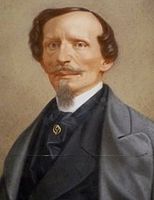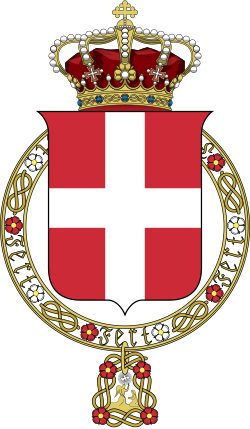Ricasoli II government | |
|---|---|
| 8th Cabinet of Italy | |
 | |
| Date formed | 20 June 1866 |
| Date dissolved | 10 April 1867 |
| People and organisations | |
| Head of state | Victor Emmanuel II |
| Head of government | Bettino Ricasoli |
| Total no. of members | 9 |
| Member party | Historical Right Historical Left |
| History | |
| Predecessor | La Marmora III Cabinet |
| Successor | Rattazzi II Cabinet |
The Ricasoli II government of Italy held office from 20 June 1866 until 10 April 1867, a total of 294 days, or 9 months and 21 days. [1] It was also known as the Government of National Reconciliation because it led Italy during the Third War of Independence.
